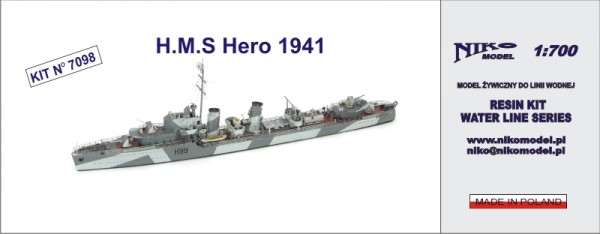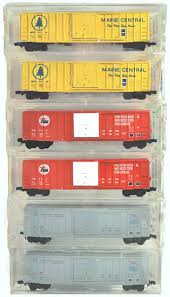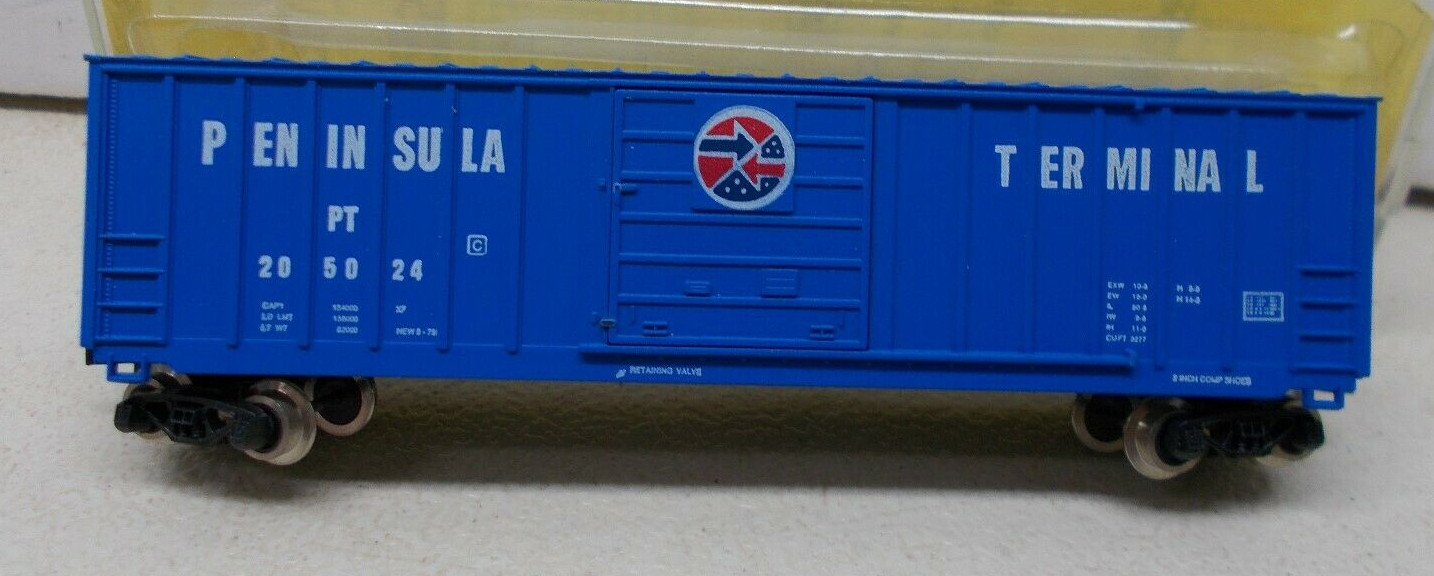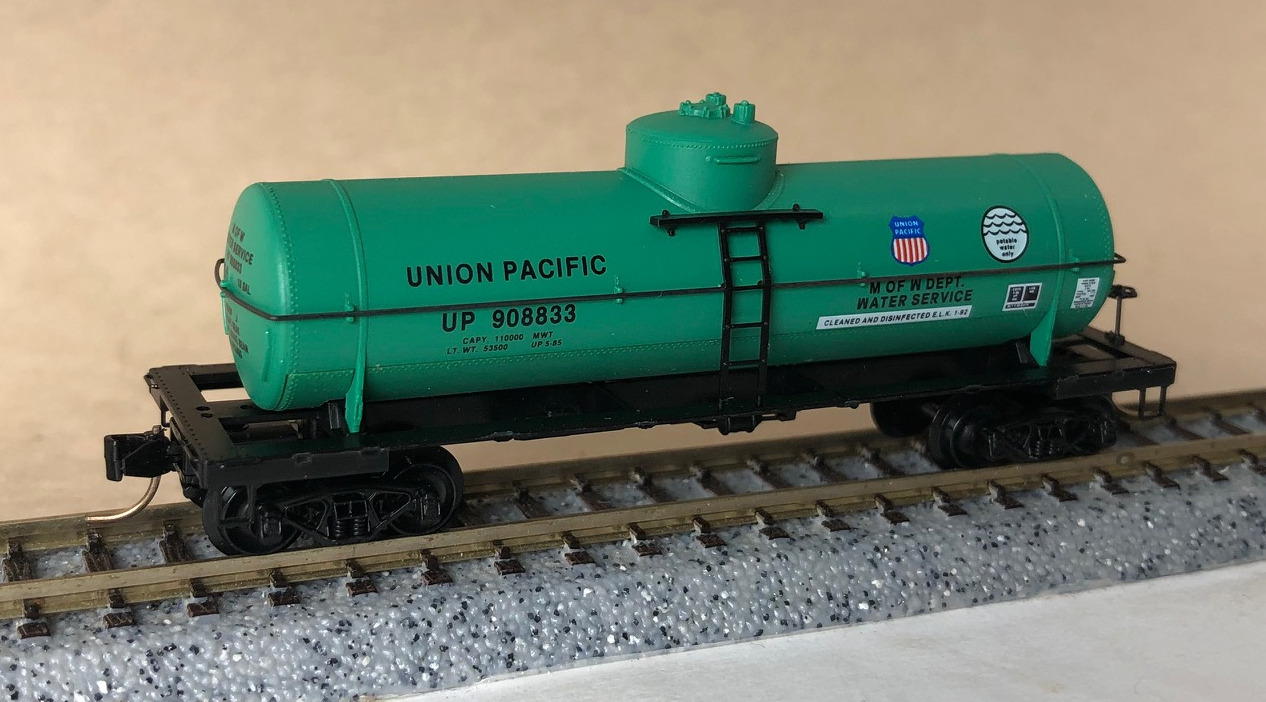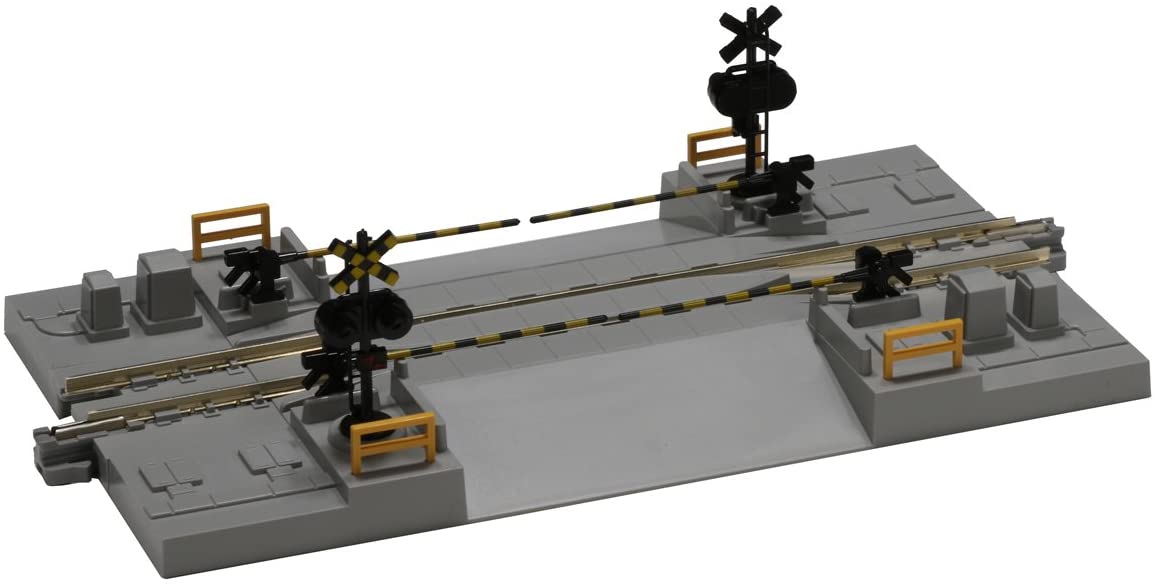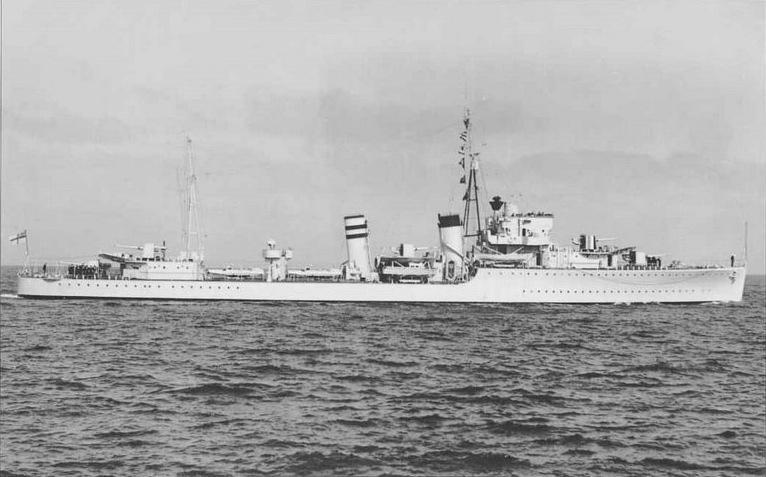Description: 1941 configuration.
Class: The G- and H-class destroyers were a group of 18 destroyers built for the Royal Navy during the 1930s. Six additional ships being built for the Brazilian Navy when World War II began in 1939 were purchased by the British and named the Havant class. The design was a major export success with other ships built for the Argentine and Royal Hellenic Navies. They were assigned to the Mediterranean Fleet upon completion and enforced the Non-Intervention Agreement during the Spanish Civil War of 1936–39.
Most ships were recalled home or were sent to the North Atlantic from October–November 1939, after it became clear that Fascist Italy was not going to intervene in World War II. Then they began to escort convoys and patrol for German submarines and commerce raiders. Two ships were lost to German mines in the first six months of the war. Three more were lost during the Norwegian Campaign, one in combat with a German cruiser and two during the First Battle of Narvik in April 1940. The Battle of France was the next test for the destroyers from May–June, with many of the Gs and Havants participating in the evacuation of Dunkirk and the subsequent evacuations of Allied troops from western France. Three ships were sunk, two by bombs and the other to torpedoes. Most of the H-class ships were sent to the Mediterranean in May in case Mussolini decided to attack France and the majority of the surviving Gs were sent to Force H at Gibraltar in July. Several of them participated in the Battle of Dakar, before being assigned to the Mediterranean Fleet with their sister ships. By the end of the year, the ships participated in several battles with the Royal Italian Navy, losing two to Italian mines and torpedoes, while sinking two Italian submarines. The Havants spent most of the war in the North Atlantic on convoy escort duties, losing half their number to German submarines, while helping to sink six in exchange by the end of the war.
Most ships were recalled home or were sent to the North Atlantic from October–November 1939, after it became clear that Fascist Italy was not going to intervene in World War II. Then they began to escort convoys and patrol for German submarines and commerce raiders. Two ships were lost to German mines in the first six months of the war. Three more were lost during the Norwegian Campaign, one in combat with a German cruiser and two during the First Battle of Narvik in April 1940. The Battle of France was the next test for the destroyers from May–June, with many of the Gs and Havants participating in the evacuation of Dunkirk and the subsequent evacuations of Allied troops from western France. Three ships were sunk, two by bombs and the other to torpedoes. Most of the H-class ships were sent to the Mediterranean in May in case Mussolini decided to attack France and the majority of the surviving Gs were sent to Force H at Gibraltar in July. Several of them participated in the Battle of Dakar, before being assigned to the Mediterranean Fleet with their sister ships. By the end of the year, the ships participated in several battles with the Royal Italian Navy, losing two to Italian mines and torpedoes, while sinking two Italian submarines. The Havants spent most of the war in the North Atlantic on convoy escort duties, losing half their number to German submarines, while helping to sink six in exchange by the end of the war.
Warship: HMS Hero was an H-class destroyer built for the Royal Navy in the mid-1930s. During the Spanish Civil War of 1936–1939 the ship enforced the arms blockade imposed by Britain and France on both sides as part of the Mediterranean Fleet. During the first few months of World War II, Hero searched for German commerce raiders in the Atlantic Ocean and participated in the Second Battle of Narvik during the Norwegian Campaign of April–June 1940 before she was transferred to the Mediterranean Fleet in May where she escorted a number of convoys to Malta. The ship took part in the Battle of Cape Spada in July 1940, Operation Abstention in February 1941, and the evacuations of Greece and Crete in April–May 1941.
The ship covered an amphibious landing during the Syria–Lebanon Campaign of June 1941 and began escorting supply convoys in June to Tobruk, Libya shortly afterwards. She was damaged by German dive bombers while rescuing survivors from the minelayer Latona in October 1941 and resumed escorting convoys to Malta. Hero participated in the Second Battle of Sirte in March 1942 and in Operation Vigorous in June. She sank two German submarines whilst stationed in the Mediterranean in 1942, and was transferred back home late in the year to begin converting to an escort destroyer. The ship was transferred to the Royal Canadian Navy (RCN) in 1943 and renamed HMCS Chaudière. She became part of the Mid-Ocean Escort Force in early 1944 until her transfer back to British coastal waters in May to protect the build-up for Operation Overlord. Together with other ships, she sank three more German submarines during the year. Chaudière was refitting when the war ended in May 1945 and was in poor shape. The ship was paid off in August and later sold for scrap. The process of breaking her up, however, was not completed until 1950.
The ship covered an amphibious landing during the Syria–Lebanon Campaign of June 1941 and began escorting supply convoys in June to Tobruk, Libya shortly afterwards. She was damaged by German dive bombers while rescuing survivors from the minelayer Latona in October 1941 and resumed escorting convoys to Malta. Hero participated in the Second Battle of Sirte in March 1942 and in Operation Vigorous in June. She sank two German submarines whilst stationed in the Mediterranean in 1942, and was transferred back home late in the year to begin converting to an escort destroyer. The ship was transferred to the Royal Canadian Navy (RCN) in 1943 and renamed HMCS Chaudière. She became part of the Mid-Ocean Escort Force in early 1944 until her transfer back to British coastal waters in May to protect the build-up for Operation Overlord. Together with other ships, she sank three more German submarines during the year. Chaudière was refitting when the war ended in May 1945 and was in poor shape. The ship was paid off in August and later sold for scrap. The process of breaking her up, however, was not completed until 1950.
Brand: We at Niko Model have been avid model builders since childhood, and we are thrilled by the possibility of sharing this wonderful hobby with you. Our company is fully invested in accommodating your wishes and requirements, and in providing you with the highest quality products, each carefully selected for their singular characteristics and superior craftsmanship. We are confident that our model kits will supply you with hours of enjoyment, while allowing your passion and dedication to shine through as you assemble these brilliant jewels for your collection.
Item created by: gdm on 2019-07-31 15:55:09
If you see errors or missing data in this entry, please feel free to log in and edit it. Anyone with a Gmail account can log in instantly.
If you see errors or missing data in this entry, please feel free to log in and edit it. Anyone with a Gmail account can log in instantly.


